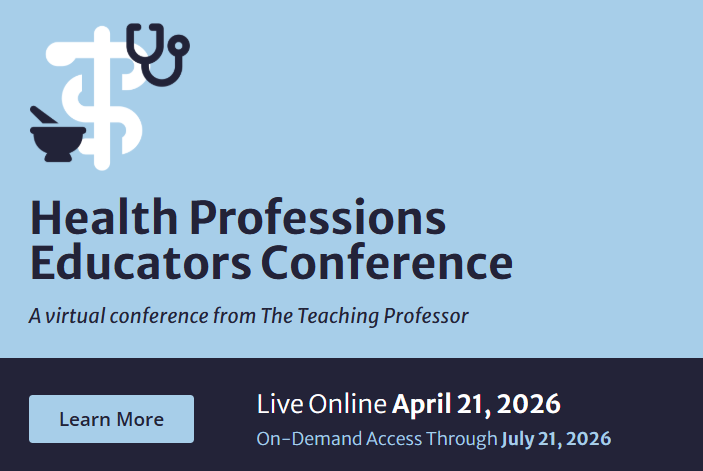
Aha Moments and the Art of Cultivating Insightful Thinking
In my classes, there is a reaction from my students that I have learned to wait for. It isn’t flashy. No hand shoots into the air. No triumphant “I got it!” echoes across the room. It’s much simpler and nuanced and yet more precise: a











